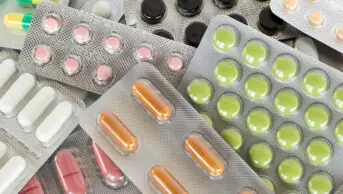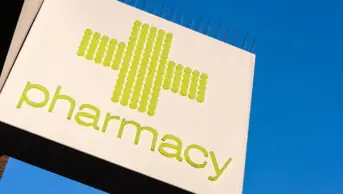
Shutterstock.com
The General Pharmaceutical Council (GPhC) now has the legal power to conduct covert surveillance of pharmacists, following the passing of new legislation.
The regulator had previously said in March 2016 that it was seeking powers to perform “directed surveillance” but added at the time that it “does not currently have the legal powers” to authorise its use.
However, following the implementation of The Investigatory Powers (Codes of Practice and Miscellaneous Amendments) Order 2018 on 19 August 2018, the regulator now has the required powers to conduct covert investigations using directed surveillance.
Directed surveillance is defined by the government as “the covert monitoring of targets’ movements, conversations and other activities”.
The order, which amends the Regulation of Investigatory Powers Act 2000, substitutes “the Royal Pharmaceutical Society (RPS) of Great Britain” for “General Pharmaceutical Council” in the wording of the Act to reflect the division of the RPS and the GPhC in 2010.
In 2012, a BBC investigation revealed that some pharmacists were illegally selling controlled drugs over the counter.
Following the investigation, the GPhC announced it was seeking the power to conduct directed surveillance. Duncan Rudkin, chief executive of the GPhC, told The Pharmaceutical Journal in April 2013 that the powers would only be used in the most serious of circumstances.
In a statement, the GPhC said: “In appropriate cases we now have the power to use directed surveillance (for example monitoring movements or actions) but we do not have the powers to use covert human intelligence sources (for example using an informant/someone acting undercover). As yet, we have not yet used these new powers.”


